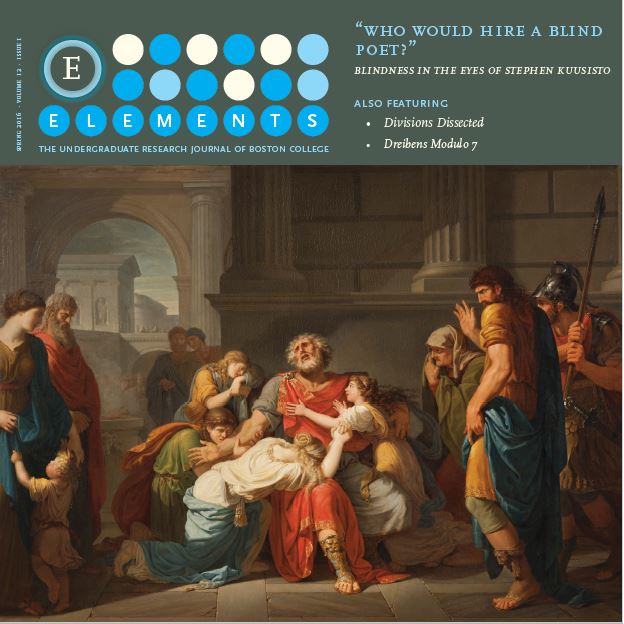Two Separate Persons: Ethnicity and Identity in Trollope's Phineas Finn
DOI:
https://doi.org/10.6017/eurj.v12i1.9299Keywords:
Social Science, Phineas Finn, MasculinityAbstract
This essay explores Anthony Trollope’s decision to identify Phineas Finn, of his various “Palliser Novels,” as Irish. Many Victorian readers questioned Phineas’s ethnicity and lack of stereotypically Irish characteristics, and Trollope himself renounced this decision in his autobiography. The character’s Irishness, however, seems to be more than a gimm ick to differentiate the novel from similar tales of aspiring members of Parliament; in Phineas Finn, the author uses ethnicity to invert the national marriage trope. Trollope employs gendered ethnic stereotypes, casting his title character as feminine in his romantic entanglements and even his political behavior, while the English ladies he meets are described as masculine. But the character of Phineas emerges as more complicated than a feminine or emasculated one; in his tenuous loyalty to his docile Irish sweetheart, Phineas becomes a conventional male lead. His Irishness, then, lends a duality to his character that encompasses more than merely two national identities; it embodies two entirely different kinds of men: one masculine and the other feminine, one a philanderer and the other loyal, one English and the other Irish.Downloads
Published
2016-04-22
How to Cite
Heine, J. (2016). Two Separate Persons: Ethnicity and Identity in Trollope’s Phineas Finn. Elements, 12(1). https://doi.org/10.6017/eurj.v12i1.9299
Issue
Section
Articles
License
Copyright (c) 2016 Jennifer Heine

This work is licensed under a Creative Commons Attribution 4.0 International License.

